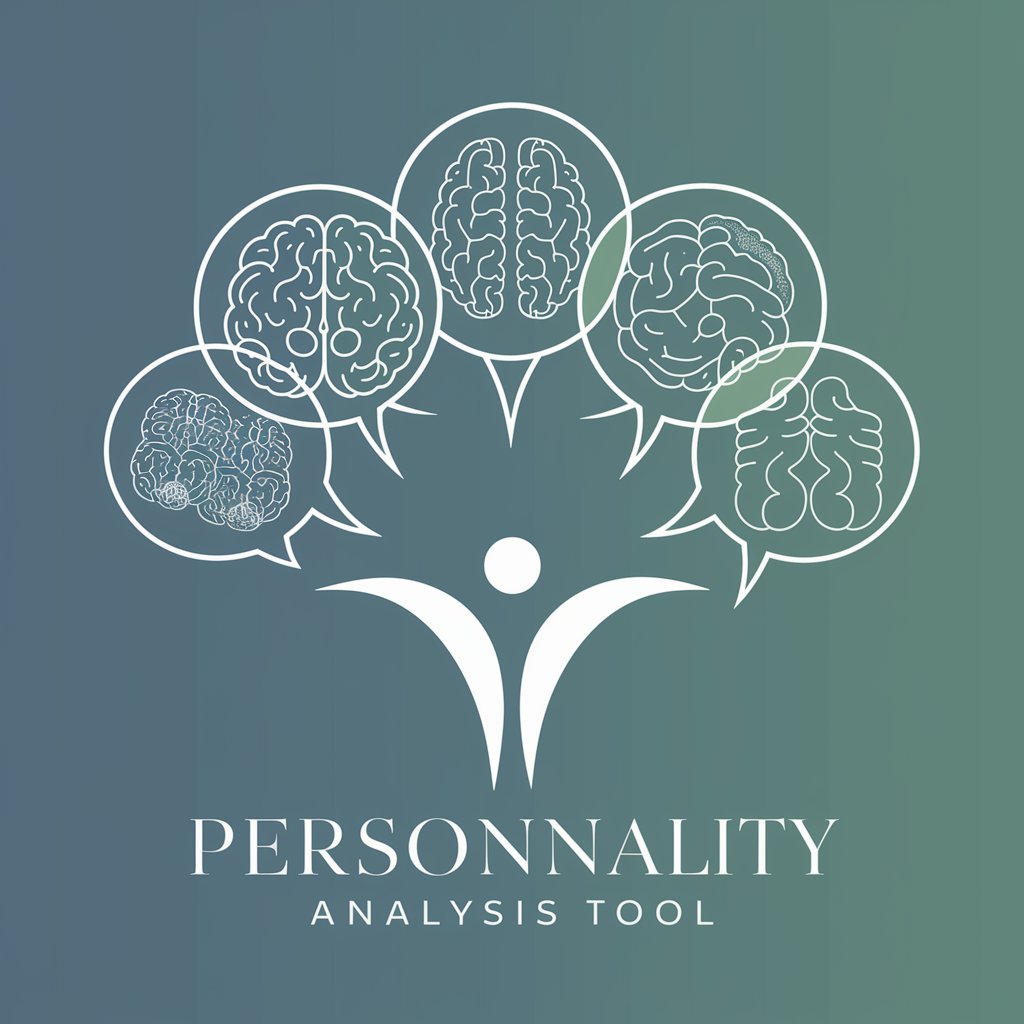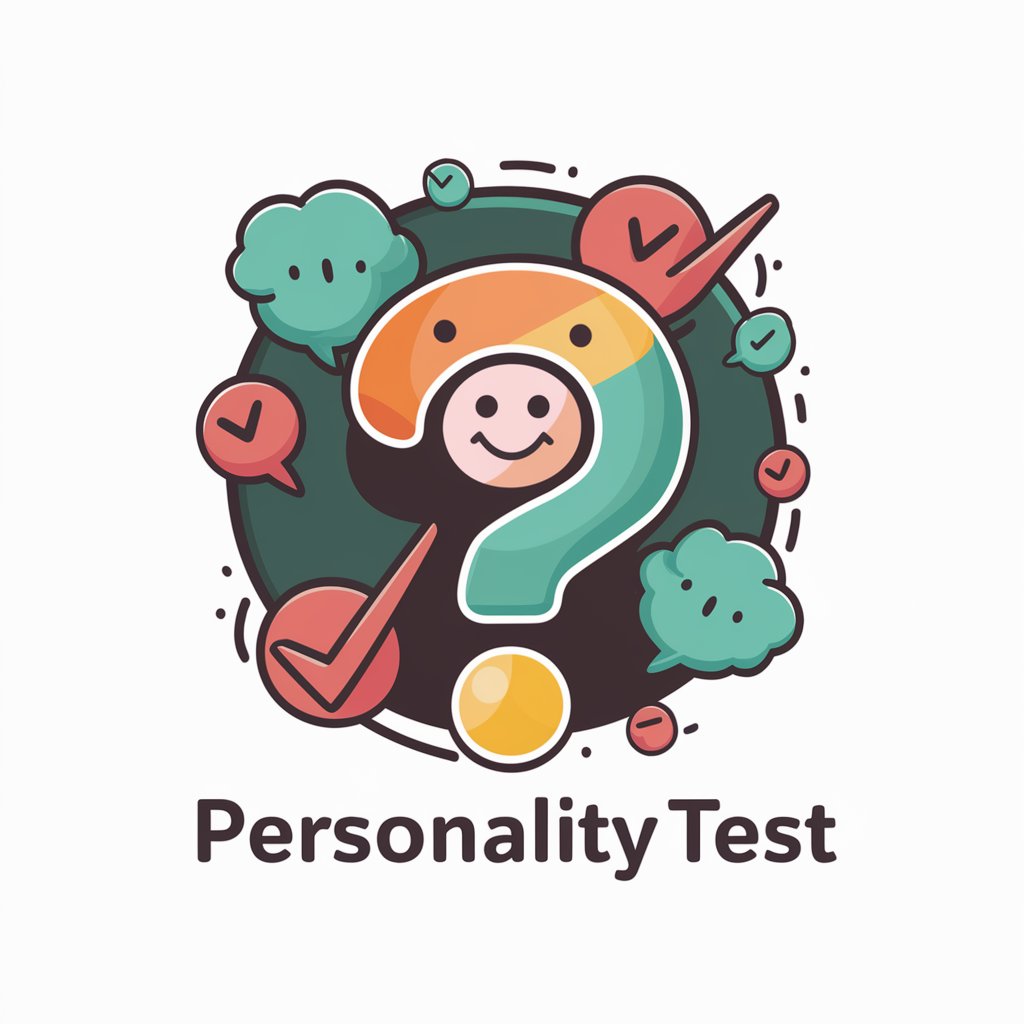
Social Anxiety-Avoidant Personality Disorder Test - Self-Assessment for Anxiety Disorders
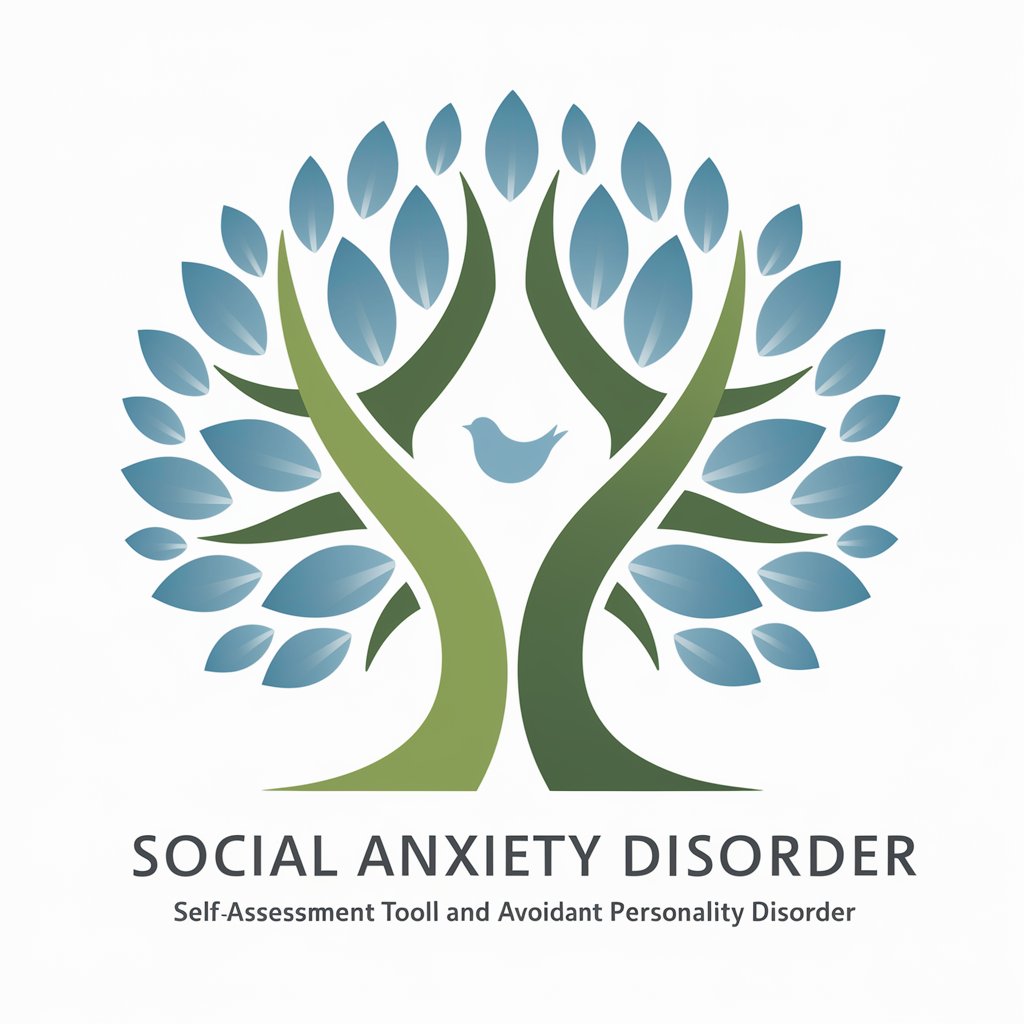
Welcome! Ready to explore your social anxiety and personality traits?
Discover Your Social Confidence Level with AI
Can you tell me more about your social interactions and any discomfort you feel?
How often do you avoid social situations due to fear or anxiety?
Describe a recent situation where you felt judged or inadequate.
Do you find yourself excessively worrying about being embarrassed or humiliated in social settings?
Get Embed Code
Introduction to the Social Anxiety-Avoidant Personality Disorder Test
The Social Anxiety-Avoidant Personality Disorder Test is a specialized self-assessment tool designed to help individuals identify signs and symptoms related to Social Anxiety Disorder (SAD) and Avoidant Personality Disorder (AvPD). Its primary purpose is to offer insights into the user's experiences with social anxiety and avoidance behaviors, distinguishing between these two closely related but distinct conditions. Through a series of carefully crafted questions based on psychological research and clinical criteria, users are guided to reflect on their feelings, behaviors, and reactions in social situations. For example, a scenario illustrating its function could be a user who feels intensely uncomfortable and excessively self-conscious in everyday social interactions, leading them to take the test to understand if their experiences align more closely with SAD or AvPD. Powered by ChatGPT-4o。

Main Functions of the Social Anxiety-Avoidant Personality Disorder Test
Self-assessment
Example
A user completes the questionnaire, answering questions about their fear of being negatively judged by others, preference for solitude due to feelings of inadequacy, and avoidance of social interactions.
Scenario
After feeling overwhelmed at a recent social event, a user decides to take the test to understand their social discomfort and avoidance patterns.
Progress Tracking
Example
Users can take the test periodically to track changes in their symptoms or behaviors over time, helping them to gauge the effectiveness of treatment or interventions.
Scenario
A user who has started therapy for social anxiety uses the test every three months to monitor their progress and adapt their therapeutic strategies accordingly.
Educational Resource
Example
Upon completing the test, users are provided with information about SAD and AvPD, including the differences between them and suggestions for further reading or professional evaluation.
Scenario
Curious about the nature of their anxiety, a user takes the test and is then directed to resources that explain the complexities of social anxiety and avoidant personality disorders.
Ideal Users of the Social Anxiety-Avoidant Personality Disorder Test Services
Individuals experiencing social discomfort
People who find themselves unusually anxious or fearful in social settings, experiencing distress that interferes with their daily activities, may benefit from the test to identify potential underlying disorders.
Mental health enthusiasts
Individuals with an interest in psychology or mental health, looking to understand more about social anxiety and avoidant personality disorders, either for personal knowledge or to support others.
Healthcare professionals
While not a diagnostic tool, therapists and counselors may recommend the test as a preliminary step for clients who are hesitant to seek help, providing a starting point for discussions on social anxiety and avoidance.

How to Use the Social Anxiety-Avoidant Personality Disorder Test
1
Visit yeschat.ai for a free trial without needing to log in, also no requirement for ChatGPT Plus.
2
Start the quiz by giving your consent to participate, ensuring you understand that this is a self-assessment tool, not a diagnostic test.
3
Answer each question honestly, choosing from the options: Strongly Agree, Agree, Neutral, Disagree, Strongly Disagree, to accurately reflect your feelings and experiences.
4
Upon completing the quiz, review your score and feedback provided, which will indicate whether your responses align more closely with Social Anxiety Disorder or Avoidant Personality Disorder.
5
For further information on anxiety disorders and potential treatment options, follow the provided link to learn more and consider seeking professional advice.
Try other advanced and practical GPTs
Teenagers Internet Addiction Test
AI-powered Insight into Digital Habits
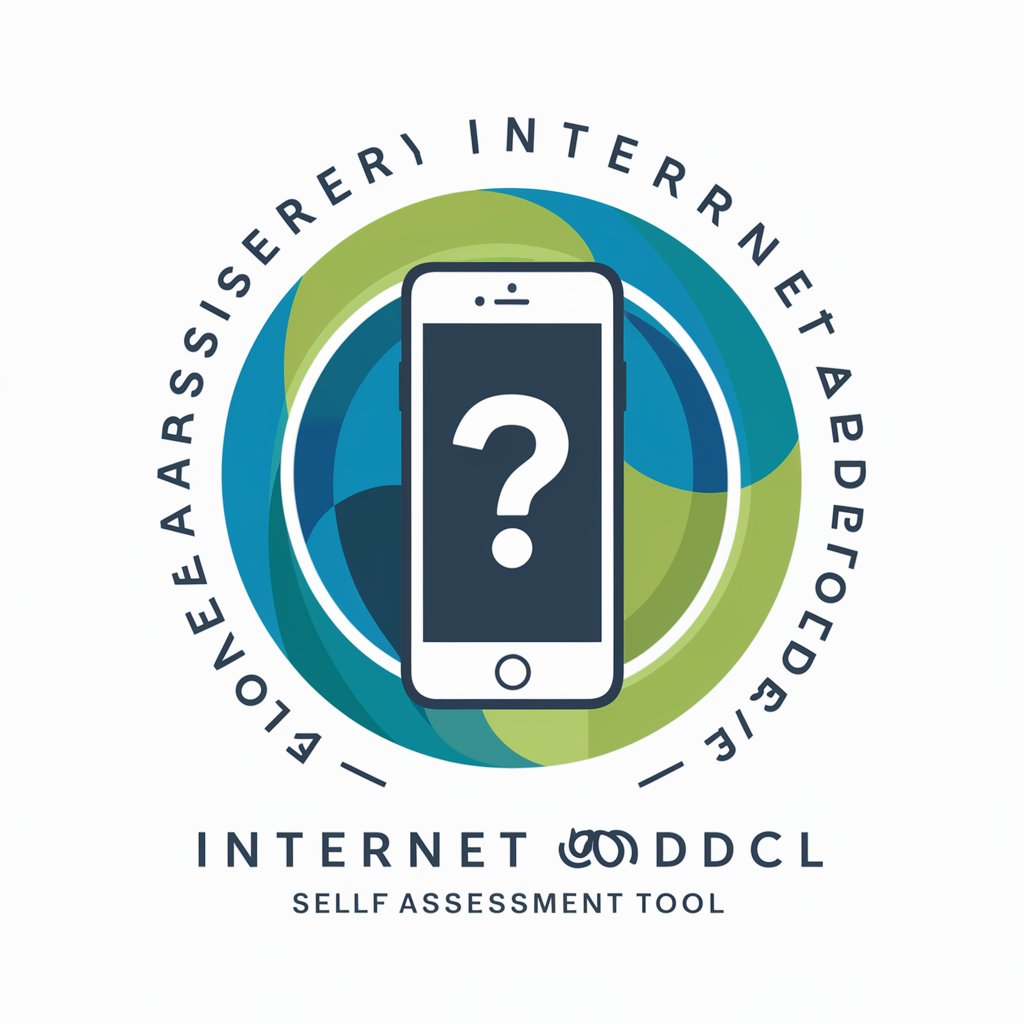
Shopping Addiction Quiz
Uncover Your Shopping Habits with AI
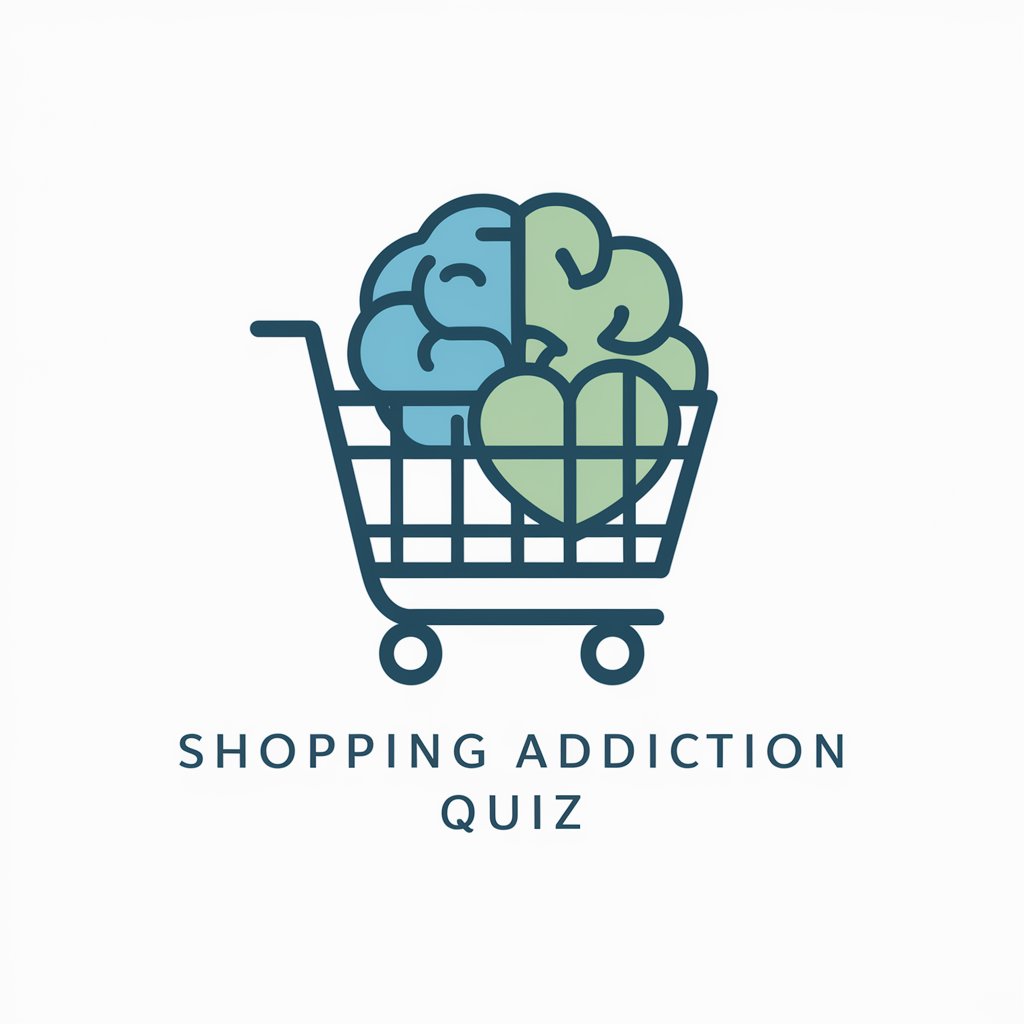
ShortGPT
Get to the point with AI.
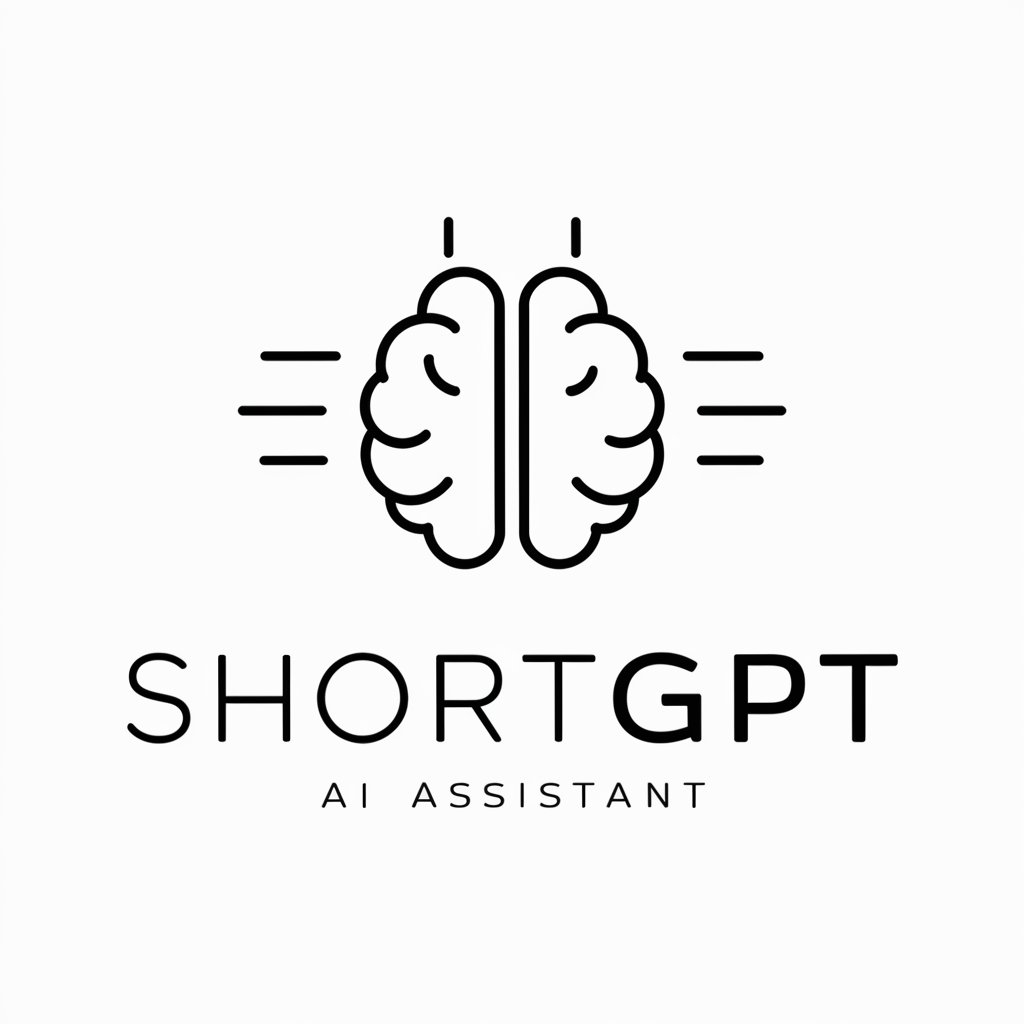
BudgetBuddy GPT
Empowering Financial Decisions with AI

Crowdfunding GPT
Empowering Your Crowdfunding Journey with AI

Funnel Finder by SeabirdMarketing.com
Elevate Your Marketing with AI-Powered Funnels

Am I An Alcoholic? (Test 20 Questions)
Discover your relationship with alcohol through AI
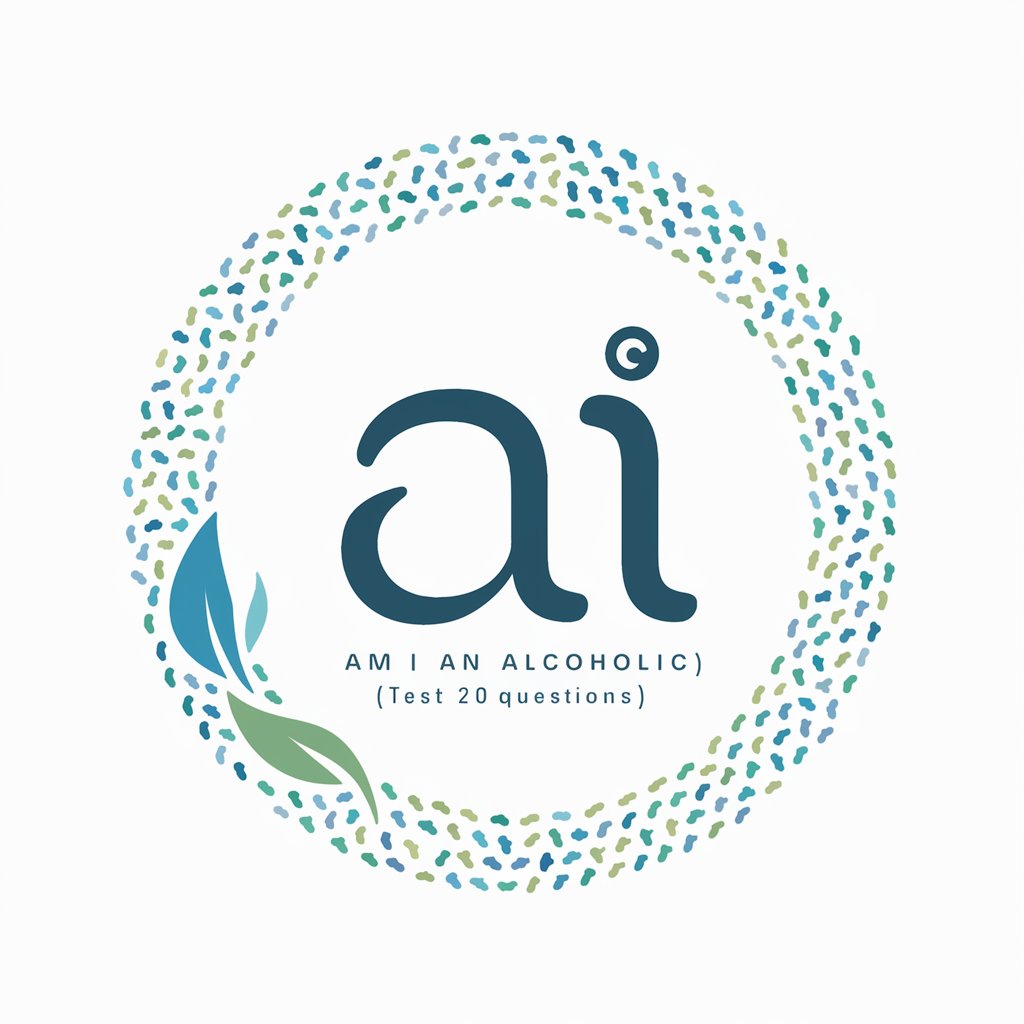
Multidimensional Bipolar Test
Identify bipolar symptoms with AI precision

Les masques de l'ombre
Dive into a Shadowed Past with AI

アメリカンジョークにハマってしまったChatGPT
Laugh and Learn with AI!

IELTS Speaking Coach
Master IELTS Speaking with AI-Powered Coaching

アレルギー対応レシピ クリエイター
Cook Smart with AI-Powered Allergy-Safe Recipes

Frequently Asked Questions about the Social Anxiety-Avoidant Personality Disorder Test
What is the purpose of this test?
The test is designed to help individuals identify whether they exhibit signs more consistent with Social Anxiety Disorder (SAD) or Avoidant Personality Disorder (AvPD), using a self-assessment format.
Can this test diagnose me with SAD or AvPD?
No, this test cannot provide a diagnosis. It is a self-assessment tool meant to indicate tendencies towards SAD or AvPD, encouraging users to seek professional evaluation for a formal diagnosis.
How accurate is the test?
While the test is based on psychological research, its accuracy depends on the honesty and self-awareness of the respondent. It's a starting point for understanding one's experiences, not a substitute for professional assessment.
What should I do after taking the test?
Review your results and consider them as an indication of whether you might benefit from professional support. If your results suggest a tendency towards SAD or AvPD, consulting with a mental health professional is recommended.
Is my privacy protected when I take this test?
Yes, your responses are confidential and used solely for the purpose of this self-assessment. No personal data is collected or stored during the process.

